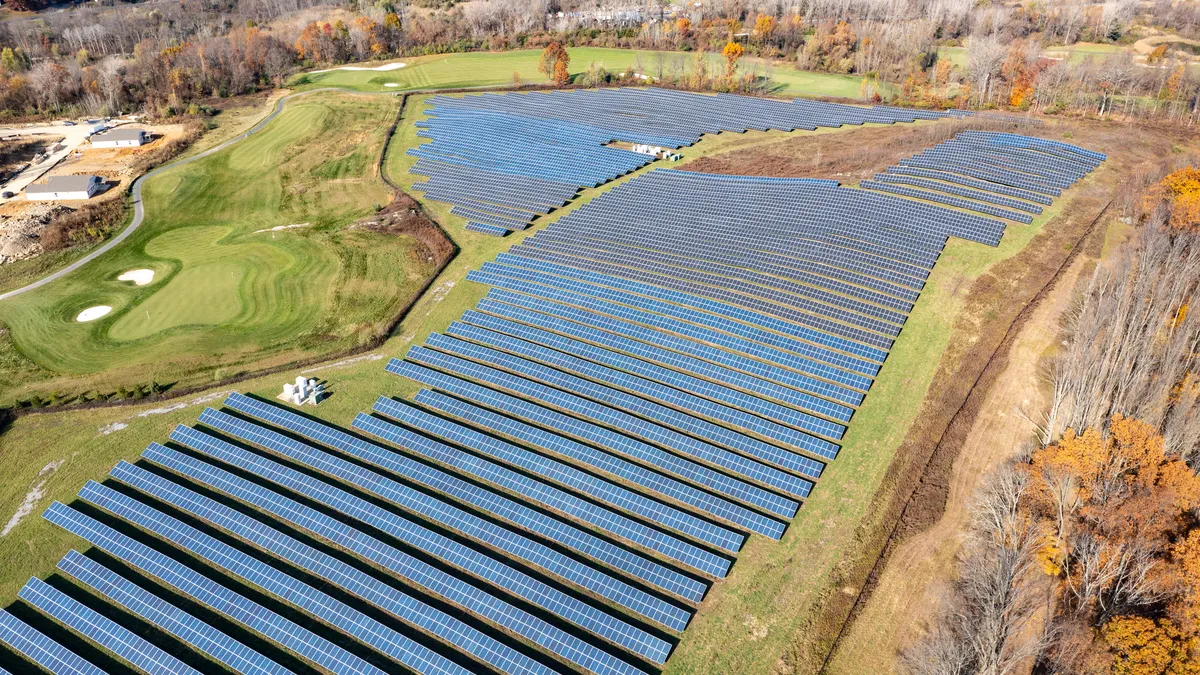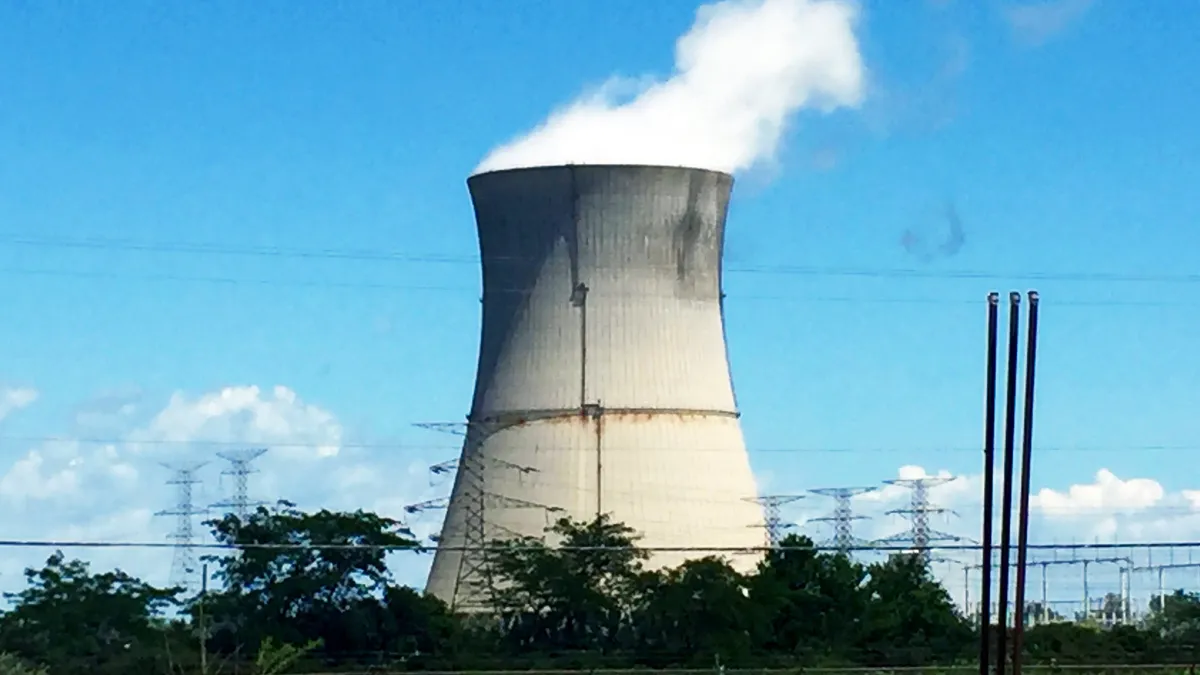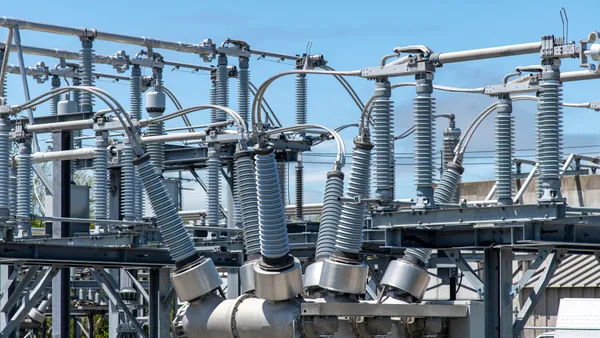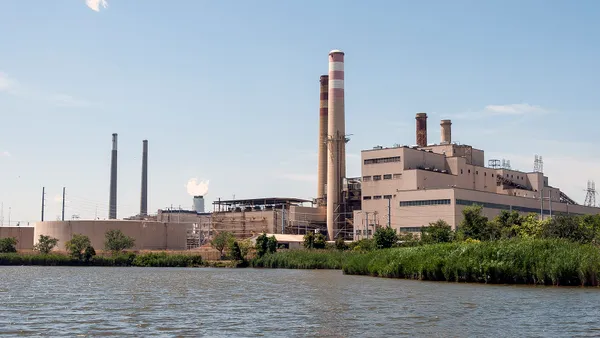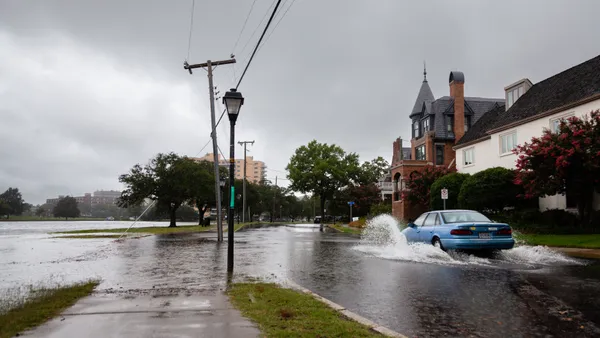Dive Brief:
-
New generation may take longer than expected to come online in the PJM Interconnection, requiring further reforms to grid interconnection and transmission planning processes, according to a report released Wednesday by the Center on Global Energy Policy at Columbia University.
-
In most cases, survey respondents said it would likely take more than two years to bring their projects online after they receive interconnection agreements from PJM, according to “Outlook for Pending Generation in the PJM Interconnection Queue.”
-
“Absent significant reforms or market innovations, most projects entering PJM’s queue today are unlikely to come online before 2030 — and certainly not in the quantities necessary to satisfy demand for clean energy across the region that PJM serves,” the report’s authors said.
Dive Insight:
The report comes amid warnings from PJM that it may not be able to bring generating resources online quickly enough to replace retiring power plants. And despite recent interconnection reforms at PJM and by the Federal Energy Regulatory Commission, more changes may be needed, according to the report’s authors.
The report is based on a survey of 30 independent developers representing 69 projects across various generator technologies, including gas, solar and energy storage.
The top non-financial challenges to project development are the length and uncertainty of PJM’s interconnection process, and siting and permitting, according to the report. On the financial side, the top challenges are changing market conditions and rising equipment and procurement costs, the survey found.
Looking ahead over the next 12 months, the amount of time it takes to make network upgrades and build interconnection facilities was the top challenge for project developers, followed by supply chain problems unrelated to solar import restrictions, according to the report.
“The wide range of potential interconnection study times is leading developers to delay high-risk siting and permitting activities, which can be the most contentious and risky part of the development process, until the end of the study process, potentially adding years to commercial operation timelines,” the report’s authors said. “This is a troubling sign, suggesting that delays and project cancellations will continue to occur at high levels for the foreseeable future.”
Solving the “interconnection crisis” will likely require creating transmission planning processes that identify where new transmission headroom will be needed and expanding the transmission system to meet that need, the report’s authors said. PJM is considering reforms to its long-range transmission planning process, which lags other regions, they said.
FERC may want to consider additional interconnection reforms, according to the report. The report’s authors said options include: allowing retiring power plants to be replaced with new resources at the same site; increasing the use of advanced technologies, such as grid enhancing technologies, that allow more power to flow over existing transmission lines; and transitioning from today’s study-intensive “invest and connect” model to a study-light “connect and manage” model.
PJM contends that its recent interconnection reforms are working, but that power plant developers are failing to bring many approved projects online.
PJM expects to process about 72 GW in projects by mid-2025 and 230 GW over the next three years — with renewable and energy storage making up more than 90% of the projects, according to Paul McGlynn, PJM vice president of planning.
However, almost 40 GW of generation has cleared PJM’s interconnection process but isn’t being built, McGlynn said April 23 in a note from the grid operator.
“Nothing from PJM is holding these projects back, yet they sit idle in PJM and elsewhere due to continued challenges with supply chain, financing and local siting issues,” he said. “The improvements PJM and its members are implementing … require concerted government and industry effort to make sure those generation projects actually start generating electricity.”
PJM runs the power system and electricity wholesale markets in 13 Mid-Atlantic and Midwest states and the District of Columbia.



